Elektrofahrzeuge (EVs) werden für ihre Effizienz, niedrigen Betriebskosten und Umweltfreundlichkeit gelobt. Wie bei allen Fahrzeugen wird ihr Energieverbrauch jedoch von externen Faktoren beeinflusst – einer der kritischsten ist die Fahrzeugbeladung . Das Gewicht eines Fahrzeugs, einschließlich Passagiere und Ladung, hat erhebliche Auswirkungen auf seine Reichweite. In diesem Artikel untersuchen wir den Zusammenhang zwischen Beladung und Reichweite, wie Elektrofahrzeuge ihr Gewicht managen und was Fahrer tun können, um die Effizienz zu optimieren.
1. Was ist die Fahrzeuglast?
Die Fahrzeuglast bezeichnet das Gesamtgewicht, das ein Elektrofahrzeug zusätzlich zu seinem Leergewicht transportieren muss. Dazu gehören:
-
Passagiere
-
Fracht oder Gepäck
-
Abschleppen von Anhängern oder schwerem Gerät
-
Dachgepäckträger oder Fahrradträger
Zwar verlieren auch benzinbetriebene Fahrzeuge unter höherer Belastung an Effizienz, doch sind diese Auswirkungen bei Elektrofahrzeugen aufgrund der Funktionsweise elektrischer Antriebsstränge und regenerativer Systeme oft stärker spürbar.

2. Wie sich die Last auf den Energieverbrauch auswirkt
Elektrofahrzeuge benötigen für den Antrieb ihrer Motoren batteriegespeicherte Energie. Je mehr Masse der Motor beschleunigen und in Bewegung halten muss, desto mehr Energie entnimmt er der Batterie. Dies führt zu:
-
Erhöhter Leistungsbedarf beim Beschleunigen
-
Reduzierte Wirksamkeit der regenerativen Bremsung
-
Höherer Rollwiderstand durch Zusatzgewicht
Besonders ausgeprägt ist dieser Effekt bei Stop-and-Go-Verkehr oder in hügeligem Gelände, wo das Fahrzeug mehr Energie aufwenden muss, um wieder in Schwung zu kommen.

3. Quantifizierung der Auswirkungen: Daten aus der Praxis
Tests von Elektroautoherstellern und unabhängigen Laboren haben gezeigt, dass zusätzliche Ladung die Reichweite erheblich reduzieren kann. Hier ein Beispiel anhand eines durchschnittlichen Mittelklasse-Elektroautos wie dem Tesla Model Y oder dem Hyundai IONIQ 5:
| Zusätzliche Belastung | Geschätzte Reichweitenreduzierung |
|---|---|
| +100 lbs (1 Passagier) | ~1-2% |
| +300 lbs (3 Passagiere) | ~4-5% |
| +500 lbs (5 Passagiere + Fracht) | ~6-8% |
| +1000 lbs (schwerer Anhänger oder volle Ladung) | 10–15 % |
Wichtige Erkenntnis : Je nach Fahrbedingungen und Gelände kann jedes zusätzliche Gewicht von 100 Pfund die Reichweite um 1 % oder mehr verringern.
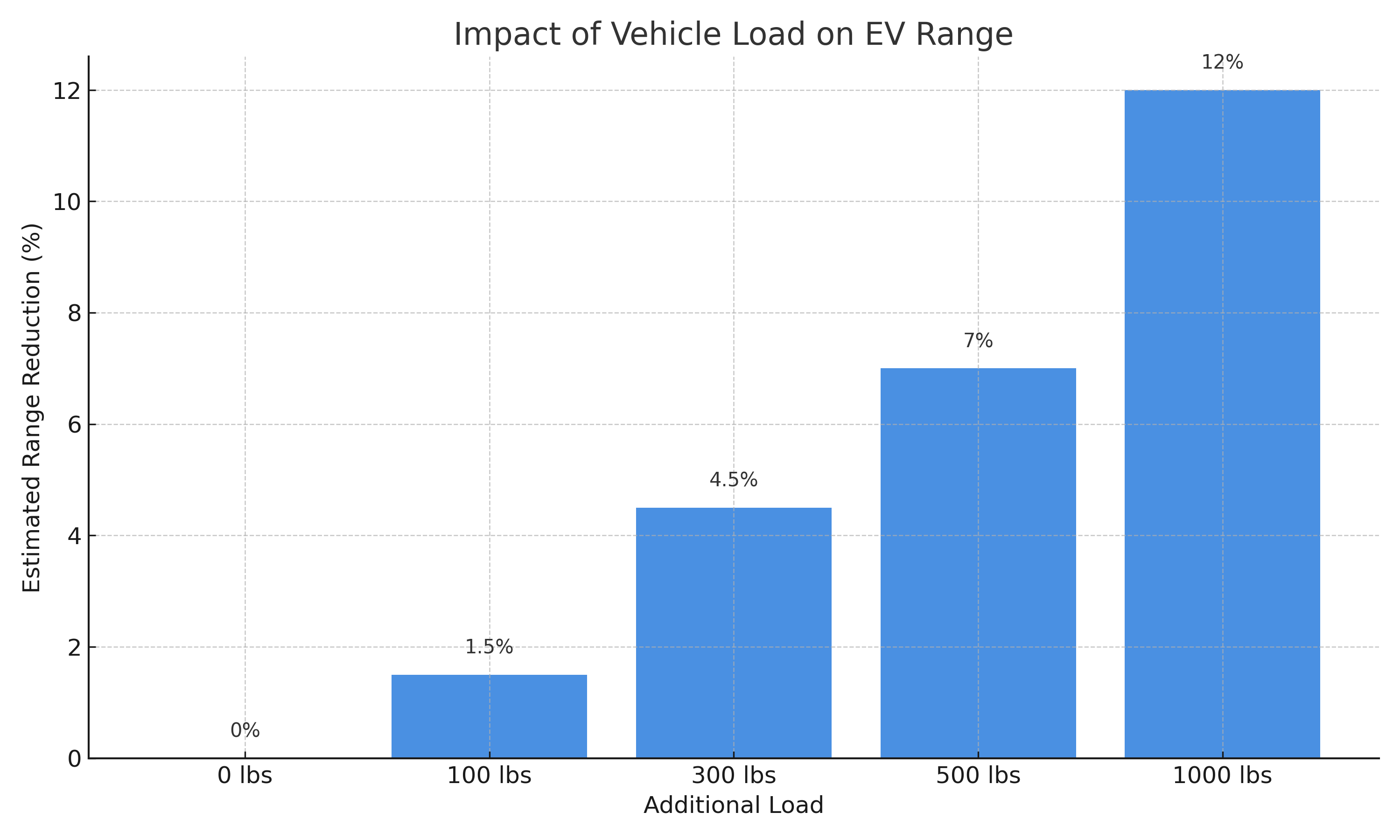
4. EV-Modelle und Traglastwerte
Nicht alle Elektrofahrzeuge reagieren gleich auf Last. Schwerere Fahrzeuge wie der Rivian R1T , der Ford F-150 Lightning oder der Hummer EV haben eine höhere Ladekapazität, verbrauchen aber auch unbeladen mehr Energie pro Kilometer. Leichtere Elektrofahrzeuge wie der Chevrolet Bolt EUV oder der Hyundai Kona Electric sind grundsätzlich effizienter, reagieren aber empfindlicher auf zusätzliche Last.
Hier ist ein kurzer Vergleich typischer Nutzlastkapazitäten:
| Modell | Maximale Nutzlastkapazität | EPA-bewertete Reichweite |
|---|---|---|
| Tesla Modell Y | ~1.200 Pfund | 279–330 Meilen |
| Ford F-150 Lightning | ~2.000 Pfund | 230–320 Meilen |
| Hyundai IONIQ 5 | ~1.050 Pfund | 220–303 Meilen |
| Rivian R1T | ~1.760 Pfund | 270–328 Meilen |
Eine höhere Last bedeutet eine geringere effektive Reichweite, unabhängig von der Kapazität.
5. Weitere lastabhängige Faktoren, die die Reichweite beeinflussen
1. Dachgepäckträger und Aerodynamik
Das Hinzufügen von Dachboxen oder Fahrrädern erhöht nicht nur das Gewicht, sondern auch den Luftwiderstand, was die Reichweite weiter verringert – insbesondere bei Autobahngeschwindigkeiten.
2. Reifendruck
Überladene Fahrzeuge können dazu führen, dass die Reifen Druck verlieren, was den Rollwiderstand erhöht und die Effizienz verringert.
3. Abschleppen
Das Ziehen schwerer Anhänger erhöht das Gewicht und den Luftwiderstand drastisch. Beispielsweise kann das Ziehen eines 3.000-Pfund-Anhängers die Reichweite je nach Gelände und Geschwindigkeit um 40–50 % reduzieren.
6. Batteriemanagement und Lastausgleich
Moderne Elektrofahrzeuge sind mit Software ausgestattet, die versucht, Energieprognosen basierend auf dem ermittelten Gewicht anzupassen. Dazu gehören:
-
Adaptive Reichweitenschätzung anhand aktueller Fahrmuster
-
Reifendruckkontrollsysteme (TPMS), die einen erhöhten Rollwiderstand anzeigen
-
Federungssysteme , die sich selbst für Balance und Effizienz einstellen (insbesondere in Luxus-Elektrofahrzeugen wie dem Tesla Model S Plaid oder dem Mercedes EQS)
Diese Systeme informieren den Fahrer zwar, können die Auswirkungen der Ladung jedoch nicht beseitigen .
7. Tipps zur Minimierung des lastbedingten Reichweitenverlusts
-
Packen Sie leicht : Vermeiden Sie es, unnötige Gegenstände im Kofferraum oder Frunk Ihres Elektrofahrzeugs zu verstauen.
-
Gleichmäßige Gewichtsverteilung : Eine ausgeglichene Last verbessert die Handhabung und reduziert Energiespitzen.
-
Vermeiden Sie nach Möglichkeit Dachgepäckträger : Nutzen Sie den Innenraum, bevor Sie Dachgepäckträger anbringen.
-
Reifendruck überwachen : Pumpen Sie den Reifen gemäß den Herstellerangaben auf, insbesondere vor längeren Fahrten.
-
Planen Sie Ladestopps ein : Wenn Sie mit vielen Passagieren unterwegs sind oder ein Gespann ziehen, verwenden Sie Apps wie PlugShare oder ABetterRouteplanner , um die Ladevorgänge entsprechend zu planen.
8. Wenn die Belastung wirklich wichtig ist
Die Belastung ist in folgenden Fällen am kritischsten:
-
Bergauf- und Bergfahrten
-
Bei kaltem Wetter , das bereits die Batterieeffizienz beeinträchtigt
-
Abschleppen , beispielsweise mit Elektro-LKWs oder SUVs
-
Fahrgemeinschaften mit mehreren Erwachsenen oder Fahrten mit viel Ausrüstung
Abschluss
Um die Leistung und Effizienz Ihres Elektrofahrzeugs zu maximieren, ist es wichtig zu verstehen, wie sich die Fahrzeuglast auf die Reichweite auswirkt. Obwohl Elektrofahrzeuge ihren Energieverbrauch immer besser vorhersagen, bleibt die Physik unverändert: Je mehr Gewicht Sie transportieren, desto mehr Energie wird benötigt. Durch intelligentes Lastmanagement können Fahrer die Batterieleistung schonen, präziser planen und sorgenfreie Fahrten mit dem Elektrofahrzeug genießen – auch bei schwerer Ladung.
Autor: Lay Wen
Empfohlene Lektüre: 5 versteckte EV-Einstellungen, die die Reichweite erhöhen




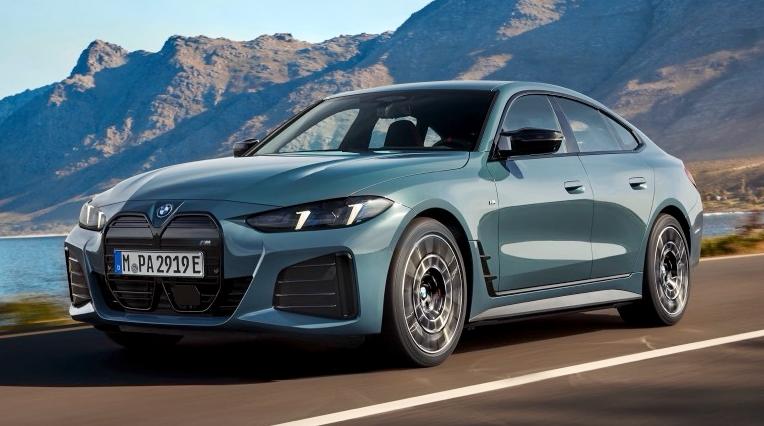
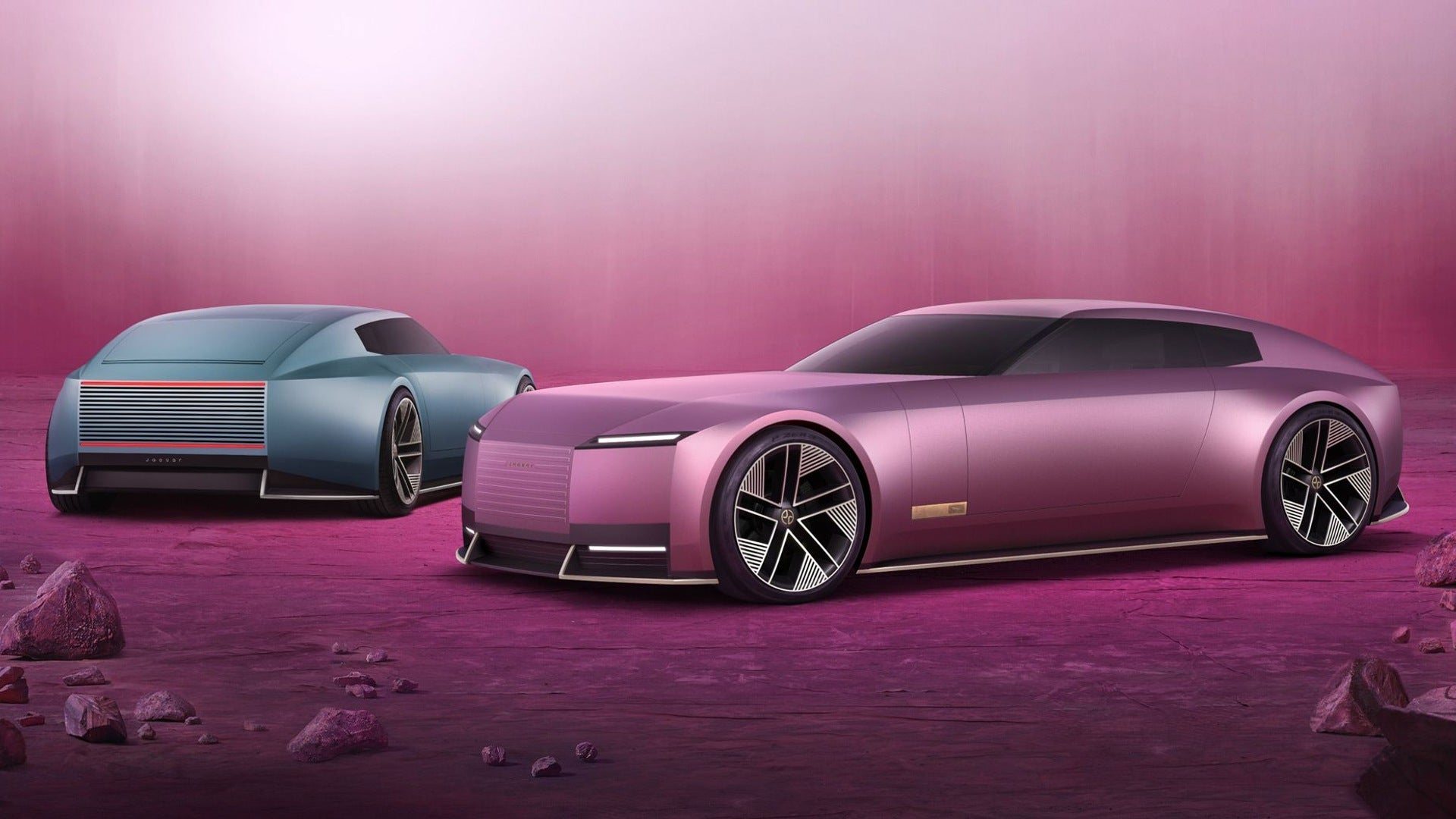
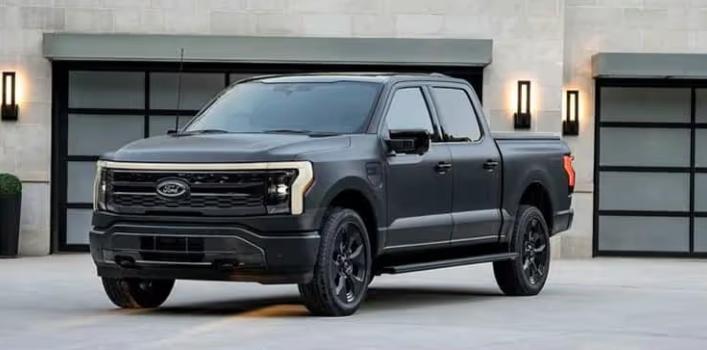
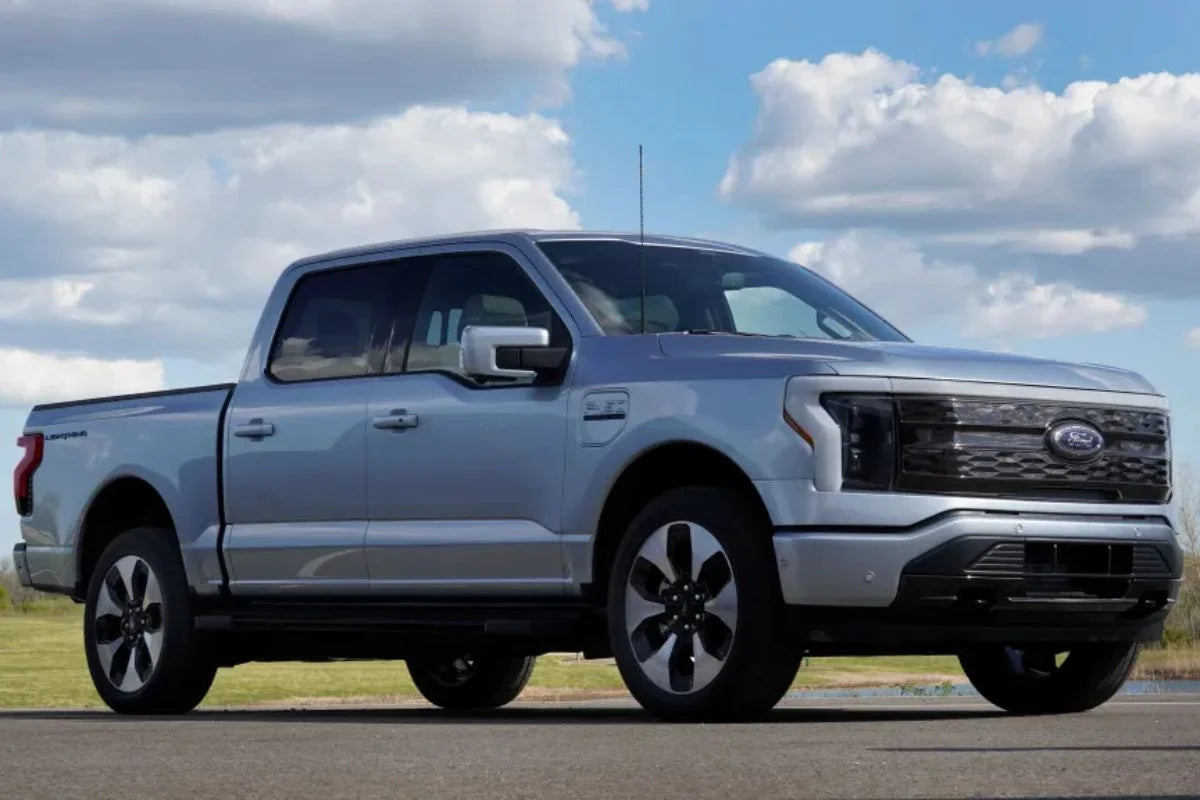
Aktie:
Wie viel kostet es, ein Tesla Model Y im Juli 2025 zu leasen?
Wie wirkt sich Schnellladen im Laufe der Zeit auf die Batterie Ihres Elektrofahrzeugs aus?